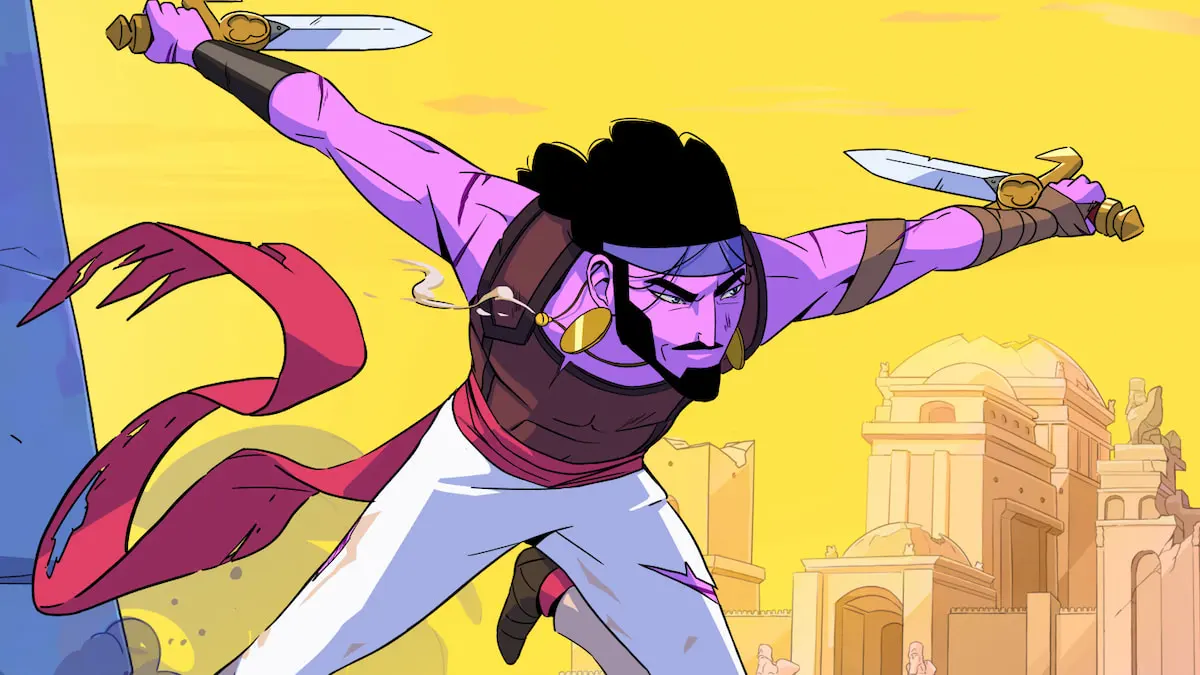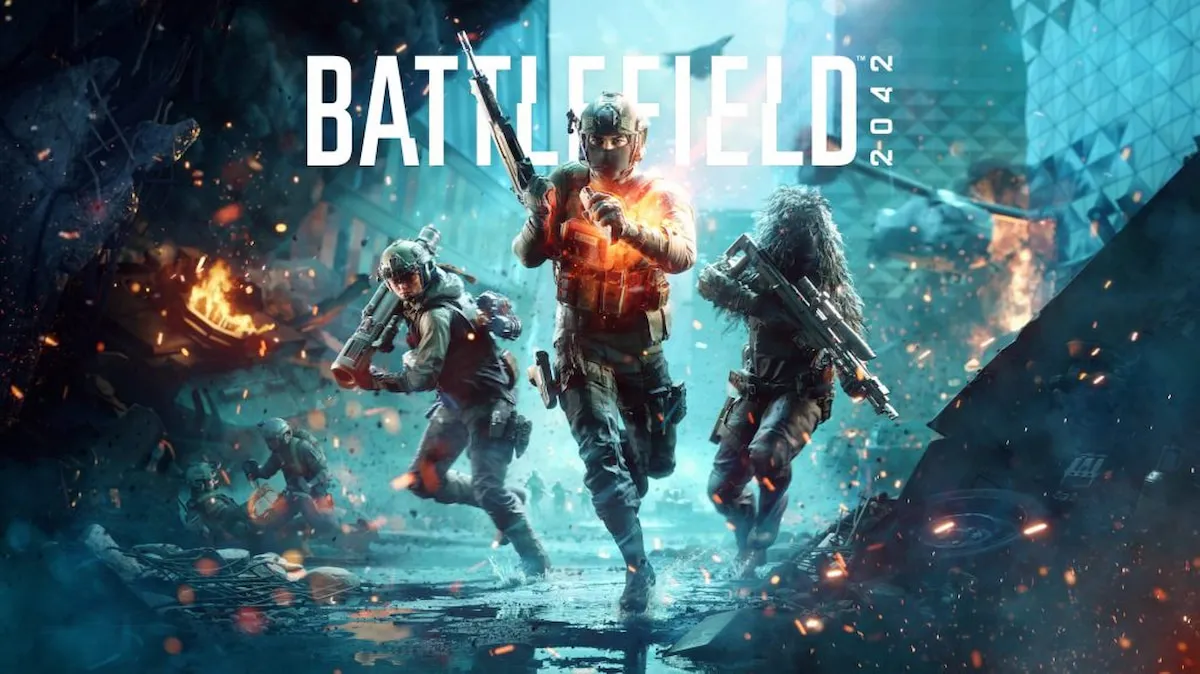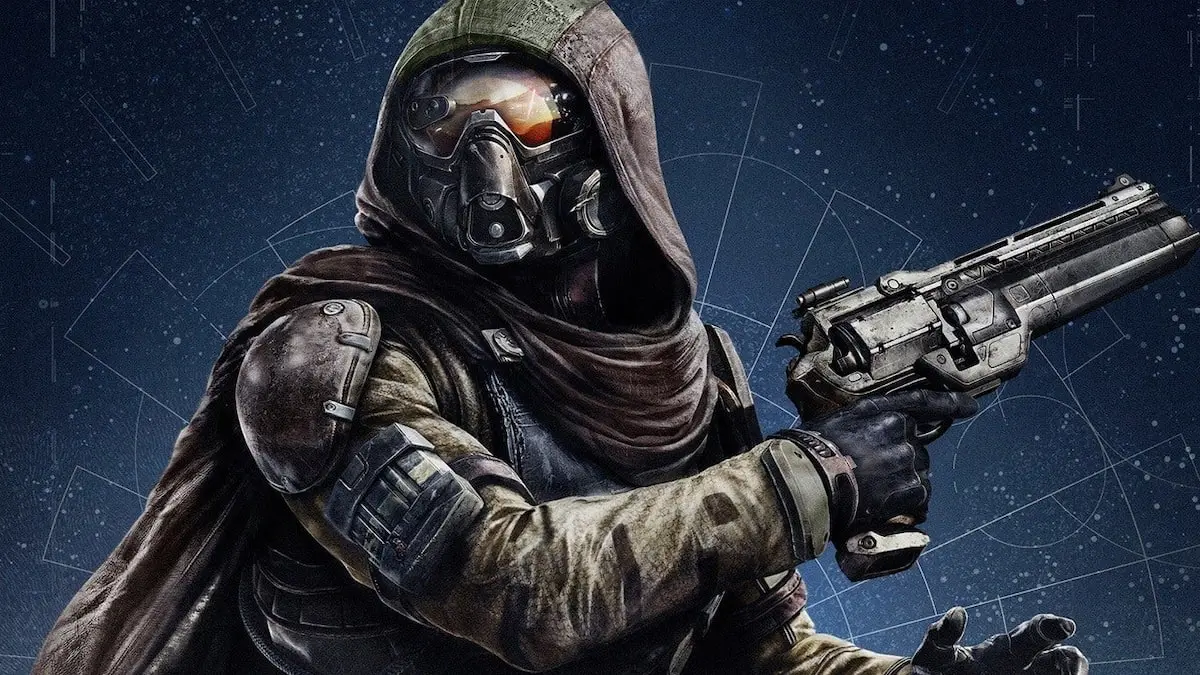BlizzCon is always great fun to attend; a slick bit of show business on an impressive scale where you might get to see a band as big as the Foo Fighters, but where you’ll still find the geeky, passionate soul of a true fan convention.
BlizzCon 2011 was the best in years, largely because the event is finally starting to emerge from World of Warcraft’s gargantuan shadow. Despite the announcement of a new WOW expansion, Mists of Pandaria, there was even more vocal excitement at the thrilling finals of the Global StarCraft 2 League, and just as much buzz among show-goers for StarCraft 2: Heart of the Swarm and Diablo 3.
Mike Morhaime still a little boyish in middle age, yet exceptionally cautious and thoughtful in conversation.
This is a company with a lot going on right now. And while Blizzard is known for being a conservative force, it’s currently making some radical moves with implications for both its business and its games design – like Diablo 3’s real-money trading feature, and the Arcade (formerly the Marketplace) where the StarCraft community will be able to sell their own mods.
The Arcade will play host to the increasingly slick-looking Blizzard DOTA, which is intriguing not just because it pits the company against Valve and the insanely popular League of Legends, but because it’s a rare example of Blizzard getting involved in game production on a more modest scale. At the other end of that scale, the company is having to come up with ways to keep its biggest cash cow relevant after seven unbroken years at the top.
Orchestrating all this is the unassuming figure of president Mike Morhaime: still a little boyish in middle age, yet exceptionally cautious and thoughtful in conversation. He’s no boardroom blusterer – and playing bass in Blizzard’s house comedy metal band, he makes for a pretty unlikely rock star – instead managing the operations of the world’s most successful developer with an ex-programmer’s eye for detail.
So busy is Blizzard right now that 17 minutes of his time at BlizzCon isn’t enough to cover every relevant topic, sadly, but read on for his thoughts on keeping WOW fresh, succeeding in China, Diablo’s real-money auction house, the clash of the DOTAs and more.
I think it’s fair to call World of Warcraft a mature game now it’s been running for six, seven years, and especially since you revamped all the content with Cataclysm. Is there a shift in philosophy or direction with this next expansion?
I think we’re always looking at what is the right thing for the game, what does the game need, and also trying to evolve the game and elevate it.
And what do you think it needs right now?
Well I think that with Cataclysm, we did make the endgame a little bit too difficult, and so in some of the recent patching we’ve been easing up on the difficulty.
I think we want to give people a beautiful new land to explore and a brand new character which plays a little bit different, and is cool and unique. We introduced the Pandarens back in Warcraft 3, and we always thought it would be pretty cool to make them officially part of World of Warcraft and let them be a playable race.
Is it fair to call this expansion quite light in tone, with features for casual players?
Well I guess the Pandarens are light, there’s certainly an amount of levity and humour. And also a nod to Chinese culture. But yeah, really excited about the pet battling system. You know, World of Warcraft needs things like that, mini-games and things that you can do when you’re not raiding.
You’re satisfied it’s sensitive enough to Chinese cultural concerns? Because you’ve had regulatory issues there in the past.
Well, now that the expansion is announced, I think we’re very interested in feedback on those types of topics, and so we’ll be working closely with our local partner NetEase and we have a local office in Shanghai. We’ll be getting a lot of feedback about cultural sensitivity issues.
The game is very popular in China at the moment…
I did get some reaction yesterday from some Chinese gamers who are very excited about the Panderans.
Did you in fact make the expansion with the Chinese market in mind?
Well, first and foremost we’re making it with a global market in mind, and we’re doing what we think that the game needs. But we recognize that you can’t find pandas anywhere in the world outside of China… unless somebody in China has sent you a panda. So I think that definitely it’s an opportunity to inject some Chinese culture into the game and I think that that will be appreciated out in China.
You’ve made significant strides in the Chinese market, despite those regulatory hiccups. What advice would you give to Western companies trying to crack the market?
Good question… Be patient. I think that approaching the market too aggressively, you can make some mistakes. I think it’s best just to be patient and focus on delivering a high-quality experience to Chinese players, and when there are challenges or roadblocks then you just have to take them one at a time and deal with them. Eventually, hopefully, things will work out, but you can’t force it.
Do you think it’s getting harder or easier for Western companies to succeed in China?
Well from our perspective, it seems like it’s getting easier. I do think that, I mean jeez, China’s come so far if you look at the past five years, but go back farther than that I don’t think that there were really any companies doing much in China. I think that the China consumers and even the Chinese government is much more open these days to international companies entering the Chinese market. I think they’re just very cautious about how quickly that happens and in what ways it happens. But you know, we’ve had some great discussions with Chinese officials, and they’ve been very encouraging.
“I think that the value that you get for the $15 a month is just unmatched. I don’t think you can get that amount of entertainment value anywhere – I’d put it up against anything.”
Sony Online Entertainment boss John Smedley recently said that he thought Star Wars: The Old Republic would be the last large-scale subscription-funded MMO. Do you agree with that analysis?
I think it is a very difficult market to compete in, I think it’s very expensive to make these games, especially if you’re expecting people to pay a monthly fee just to play the game. And so there are very few companies that can compete at that high level with those types of budgets.
Definitely if you’re not charging anybody, they’re going to be a lot more forgiving about the experience they have. They haven’t paid anything. So in terms of developers entering the market, I can understand why a lot of games might choose to go free-to-play.
For us, and even for EA with the Star Wars game, I think that the value that you get for the $15 a month is just unmatched. I don’t think you can get that amount of entertainment value anywhere. I’d put the $15 up against anything.
The conversation surrounding free-to-play often begins and ends with the business implications of it.
It absolutely does, yeah.
Do you think there’s enough talk about it from a design perspective?
I don’t think that there is at all. I think that there’s an underlying, a fundamental assumption right now, that the less you charge, the more money you make. Which isn’t true. And it doesn’t necessarily make for a better game. I mean, everybody likes free… I think that definitely, players have seen a lot of really great quality free-to-play experiences, but I’m not sure it’s the best model for us right now.
As you sort of hinted in your opening address, one future competitor to World of Warcraft is Diablo 3, and you’re worried that people are going to have to choose between them. So you made the offer of including it with a World of Warcraft annual subscription – which is a generous offer, but is it also a move to protect World of Warcraft subscriptions from Diablo?
Well of course, I would be lying if I said that it wasn’t. But I think from our perspective, we don’t need people to buy everything. You know, if somebody is subscribing to World of Warcraft, we’re totally happy, and I can sleep very well at night that they’re playing Diablo 3 and World of Warcraft and that was just included as part of their subscription. I think it’s a great deal.
Moving on to Battle.net, you recently announced the real-money auction house for Diablo 3 and you’re talking about the Arcade for StarCraft 2. Do you see features like those as a necessary part of your game designs and your business model from now on?
Yes, I do. We are really trying to integrate… Well, those are very different things, even though there’s some technology we can share between the two. But when you look at Diablo 3, it’s really all about what does this game need to achieve its potential? And a big part of Diablo 3 is item trading, finding valuable items and being able to trade them for items that are valuable to you… We’ll see how it goes, it’s definitely a new thing for us, I think a new thing that nobody’s ever really done in this way before. But we’re very excited about and we’ve received very positive feedback, by and large, from the players.
The Arcade really grew out of the idea that we have this awesome map and mod making community… The same tools that we use to create the campaign in the game, we put in the hands of our community, and they do some amazing stuff with these things. But imagine the kind of work they would do if there was a marketplace where they actually had the opportunity to sell their creation to other players. Imagine how that might incentivize them to do better things with that engine and devote additional resources…
We look at things like the iTunes App Store, and how that has just become so fundamental to changing the way we interact with this device, something that Apple could never have achieved on their own. And, you know, our vision is that we’d like to see that type of effort with StarCraft.
Do you see the Arcade ever moving beyond the confines of the StarCraft brand?
Well, that’s a great question. We don’t have another platform right now with an engine and tools that are as polished and advanced as the tools that we create for StarCraft 2. So for instance, World of Warcraft, we have our own internal tools but they’re not commercial-grade tools that we’re comfortable putting in the hands of the public. Interesting question. No, hadn’t thought of it. [Laughs]
At last year’s BlizzCon, Rob Pardo told me that he was “confused” by Valve’s move to trademark DOTA. You’re continuing to promote Blizzard DOTA with that name. Are you in talks with Valve about it?
We’re very friendly with Valve. So yeah, we do talk to Valve. I can’t really comment on that particular topic.
But I can share that our opinion about the situation is that the DOTA name really should belong to the community. I think that it’s been part of the Warcraft 3 community for a very long time, and we would like to see the community continue being able to use that name, and having an exclusive mark owned by a competitor doesn’t feel right to us.




